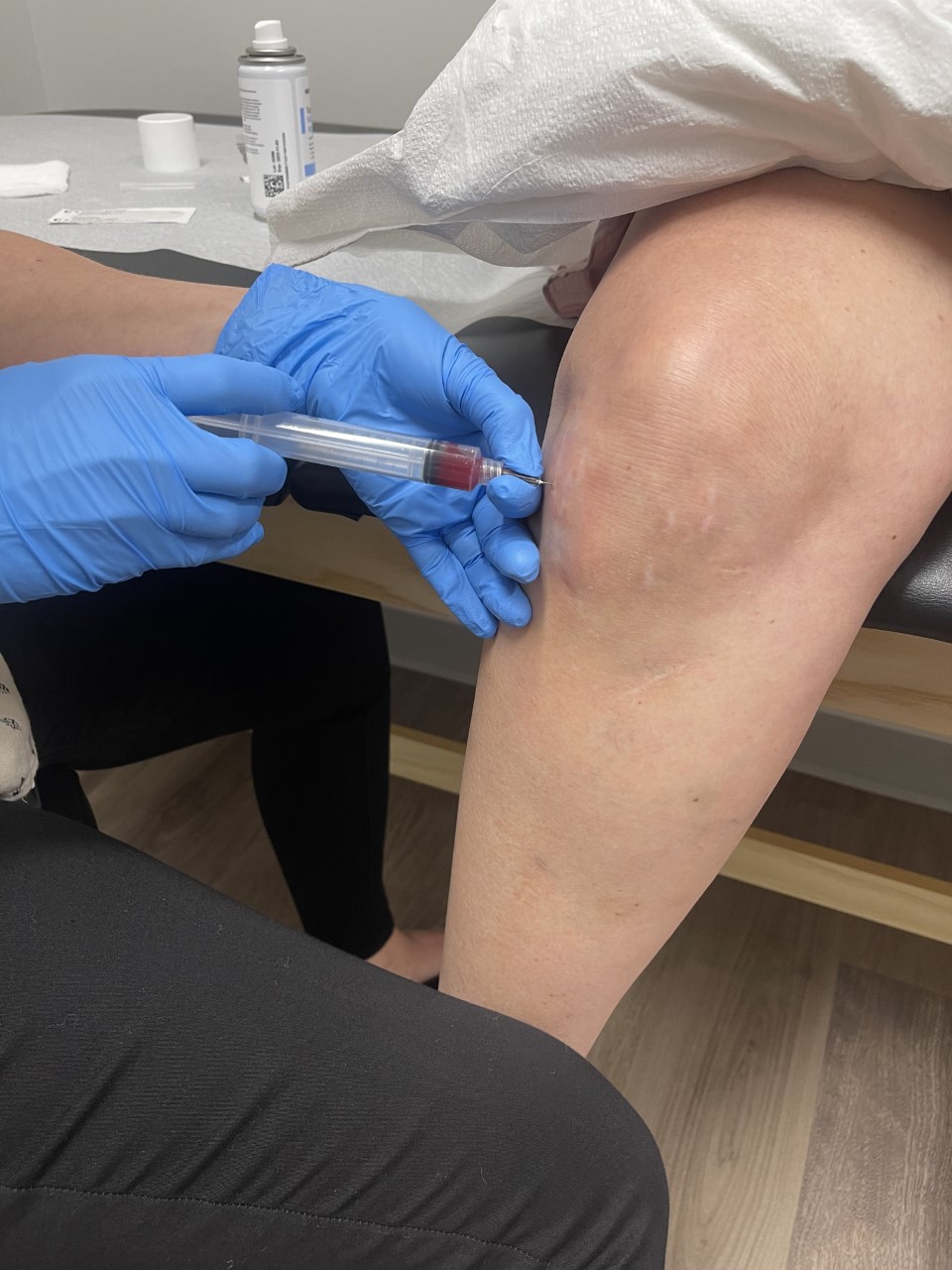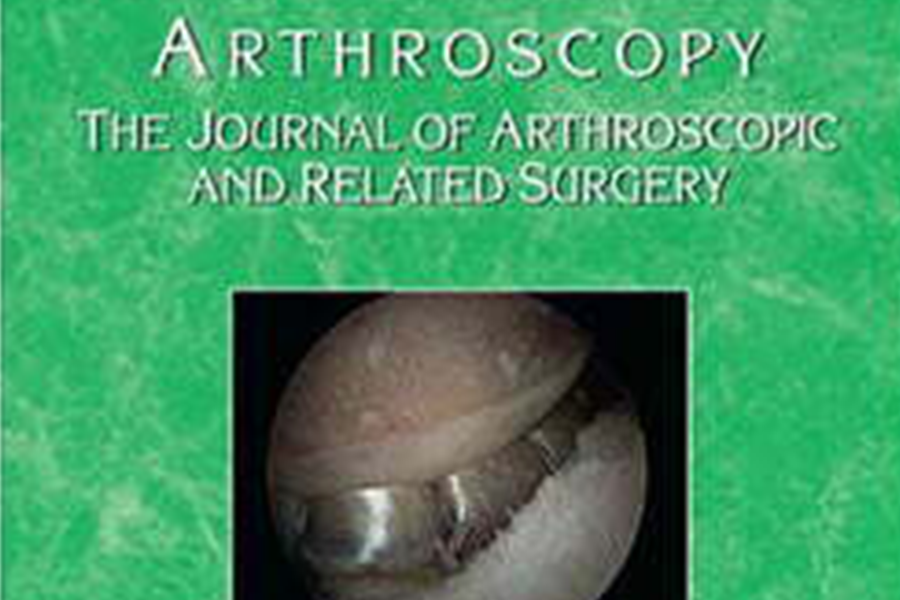Joint preservation refers to a range of treatments and strategies aimed at maintaining joint health and function, with the goal of delaying or preventing the need for more invasive procedures like joint replacement surgery.
These approaches focus on preserving the natural structures of the joint, such as cartilage and ligaments, to minimize pain, improve mobility, and prolong joint function over time.
Dr. Woyski, who specializes in hip preservation, shares more about hip preservation.
Why Joint Preservation?
We want to keep your native joint “yours” for as long as possible and delay, or even prevent, the need for joint replacement.
Many people view joint pain and immobility as inevitable consequences of aging, assuming that nothing can be done to prevent or slow down joint degeneration. This perception can discourage individuals from seeking out information about joint preservation and taking proactive steps to maintain joint health.
What are Conservative Joint Preservation Treatments?
When individuals experience joint pain or discomfort, their primary concern may be finding relief from immediate symptoms rather than exploring long-term strategies for joint preservation. As a result, they may need to pay more attention to the importance of proactive measures to maintain joint health and function.
Movement
The most proven treatment for joint preservation is regular movement. Our joints are made to move! Regular physical activity stimulates our joint lining to create fluid that subsequently lubricates our joints and allows for smooth motion. A sedentary lifestyle can more easily lead to chronic joint pain.
Other conservative treatments include supplements, diet and nutrition, NSAIDS, directed physical therapy, weight management, cortisone injections, hyaluronic acid injections, and PRP injections.
Supplements
Dietary supplements like glucosamine and chondroitin sulfate are commonly used to support joint health by providing nutrients that contribute to cartilage maintenance and repair.
Diet and Nutrition
A balanced diet rich in anti-inflammatory foods, such as fruits, vegetables, and omega-3 fatty acids, can help reduce joint inflammation and promote overall joint health.
NSAIDs (Non-Steroidal Anti-Inflammatory Drugs)
NSAIDs like ibuprofen and naproxen are often used to alleviate joint pain and inflammation by inhibiting the production of inflammatory substances in the body.
Directed Physical Therapy
Targeted physical therapy exercises and stretches are designed to strengthen muscles around the joint, improve flexibility, and enhance joint stability, ultimately reducing pain and improving function.
Weight Management
Maintaining a healthy weight is crucial for joint health, as excess weight puts additional stress on the joints, leading to increased wear and tear and a higher risk of joint degeneration.
Injections
 Cortisone Injections
Cortisone Injections
Corticosteroid injections deliver powerful anti-inflammatory medication directly into the joint, temporarily relieving pain and inflammation by suppressing the immune response.
Hyaluronic Acid Injection
Hyaluronic acid injections, also known as viscosupplementation, lubricate and cushion the joint, reducing friction and improving mobility, particularly in joints affected by osteoarthritis.
PRP (Platelet-Rich Plasma) Injections
PRP injections harness the healing properties of platelets from the patient’s own blood to promote tissue regeneration and repair in damaged joints, potentially reducing pain and improving function over time.
What are Surgical Joint Preservation Treatments?
Arthroscopic clean-ups, cartilage grafting procedures, and joint resurfacing procedures.
Arthroscopy
Arthroscopic clean-up procedures remove damaged tissue, bone spurs, or debris from within the joint, aiming to alleviate pain and improve joint function with minimal disruption to surrounding tissues.
Cartilage Grafting Procedures
Cartilage grafting techniques, such as autologous chondrocyte implantation (ACI) or osteochondral autograft transplantation (OATS), involve transferring healthy cartilage tissue from one part of the joint or from a donor fill focal areas of cartilage damage, facilitating repair and regeneration of the joint surface to improve function and reduce pain. Think of this as ‘repairing a pothole’ in the street. This, however, is not an option for widespread cartilage damage.
Joint Resurfacing Procedures
In cases of early onset, widespread cartilage loss, joint resurfacing procedures or partial joint replacements may be an option. These procedures aim at replacing the area of damaged cartilage, but still preserve as much of your native anatomy as possible. These procedures aim to delay or prevent the need for total joint replacement surgery. They also aim to preserve your bony anatomy so that if you do need total joint replacement later in life, that is still an option.
Next Steps for Joint Preservation
By restoring joint function and reducing pain, these interventions can potentially prolong the lifespan of the affected joint and delay the need for more extensive procedures like joint replacement. However, the effectiveness of each procedure depends on various factors, including the severity of joint damage, the patient’s overall health, and their individual response to treatment.






